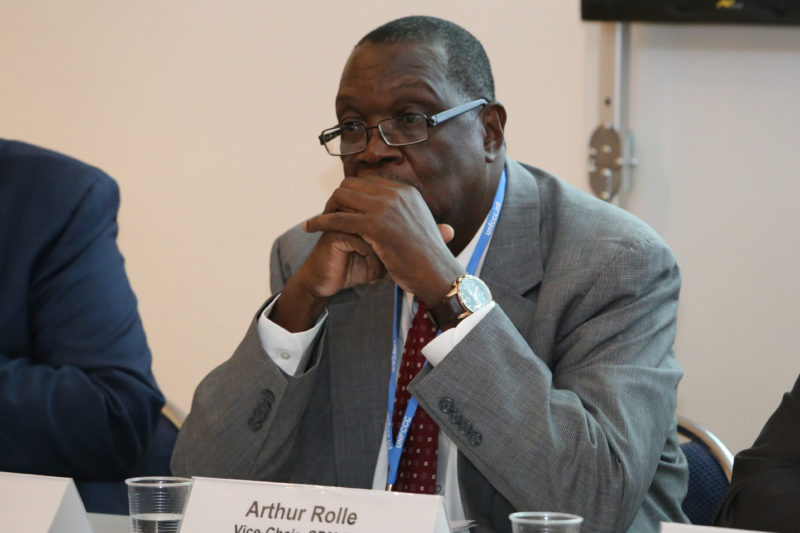The Clean Development Mechanism (CDM), which has incentivised billions of dollars’ worth of investment in climate action and has registered thousands of projects throughout the developing world, has passed another milestone.

As global negotiators were arriving in Bangkok for an important round of talks, the CDM Executive Board was wrapping up its 100th meeting, five days considering technical and oversight matters related to rewarding projects for emission reductions. At the close of the meeting, the Board took time to reflect on the achievements of the CDM since its inception two decades ago as a tool of the Kyoto Protocol.
“The CDM is harnessing the entrepreneurial power of markets and the private sector to meet goals on sustainable development and climate change,” said CDM Executive Board Chair, Arthur Rolle. “Today, the CDM toolbox is an unparalleled resource, accessible to all, and considered in the design of new regional and domestic market-based approaches and mitigation actions around the world.”
CDM projects earn a saleable certified emission reduction (CER) credit for each tonne of greenhouse gas they reduce or avoid, measured in carbon dioxide equivalents. The price paid for CERs has been a magnet for project developers looking to harness wind power, distribute clean cookstoves, or pursue a wide range of other projects. Before a project can be considered for registration, the host country must attest to its potential contribution to sustainable development.
“Work under the CDM shows that actions to mitigate climate change bring many co-benefits in human health, green jobs, poverty reduction and other aspects of development,” said Patricia Espinosa, Executive Secretary of UN Climate Change, in congratulating the Board. “As we look towards establishing a new sustainable development mechanism under Article 6 of the Paris Agreement, we should bear these successes in mind.”
The CDM gives countries and companies with an emission reduction commitment stemming from the Kyoto Protocol some flexibility in how they meet their commitments, allowing them to use CERs to cover a part. The European Union Emissions Trading System, for example, was the largest demand source for CERs in the Protocol’s first five-year commitment period, which ended in 2012.
The incentive provided by the CDM has led to registration of more than 8,100 climate projects and programmes in 111 developing countries, investment of $303 billion, and reduction or avoidance of two billion tonnes of carbon dioxide.
In Paris in 2015, countries agreed to limit average global temperature rise to 2 degrees Celsius compared to pre-industrial levels and aim for the safer target of 1.5 degrees, to avoid the worst effects of climate change.
In addition to launching a report on the achievements of the CDM, working on its annual report to Parties, considering matters related to emissions baseline and monitoring methodologies, plus other matters, the Board at its 100th meeting adopted a revised standard and procedure for the development, revision and update of standardised baselines. The revision clarifies the data requirements and streamlines the process.
